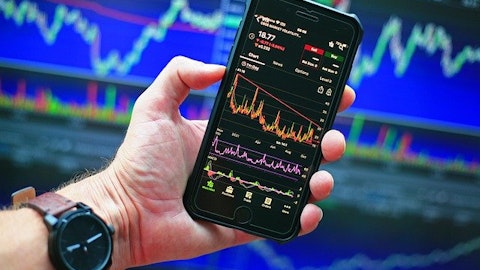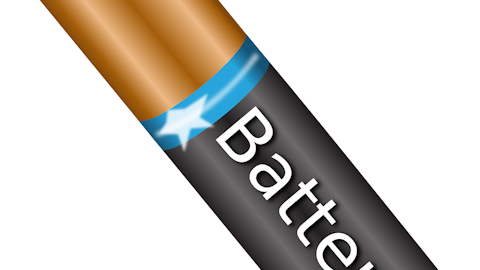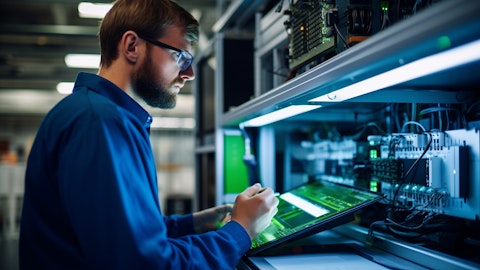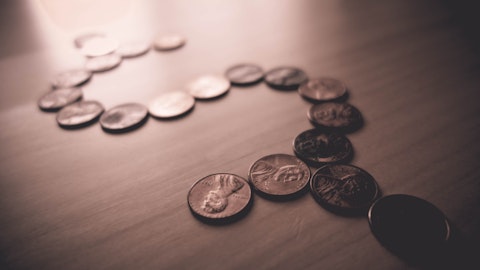Joseph Mastrangelo: [indiscernible] test.
Joseph Osha: Okay. Thanks. Second question, just looking at your chart on Slide 5 there in the upper right and your scale at the end of — coming out of 2024. At that point, obviously, you’d hope that the margin, the cost continues to go down, but can we think about the levers as you get into 2025 and beyond being pretty much straightforward, just scale and cost absorption because your design is going to be nailed down by that point. And a lot of the R&D tweaks are done. So is it pretty much going from there, just straightforward fixed cost absorption?
Joseph Mastrangelo: Look, Joe, my experience has always been, even if you have a 200-year-old product, you can continue to take costs out of it by improving the way you package it, by improving the way you manufacture it. So I think you’ll continue to see an evolution of the product that we have. We think we have a product that we can continue to drive cost out beyond that. A large part of it is scale, but there’s other things you can continue to do around software to improve performance, around packaging and how you containerize, and also continue to drive like we’re doing right now. We’ll learn more and continue to learn more about the battery and just improve performance by keeping it inside the same aspect ratio.
Joseph Osha: Yes, okay. And then that kind of leads me to my third question, following on some of the other earlier lines of questioning. As your, I’ll call it, functional density improves, is there any kind of set of thermal limitations you run up against, like where you said, hey, you don’t have an HVAC and that’s great, but I guess I’ll just ask that simply. Are there any thermal limitations that you can run up against or those not relevant?
Joseph Mastrangelo: No. Look, I think, Joe, what we’ve looked at, the theoretical round-trip efficiency when you back out thermodynamics and the inherent zinc-plating bromine absorption that happens with the chemical reaction in the battery, the theoretical round-trip efficiency that you can achieve is the high 80s, low 90s. There’s a lot of things that you need to go in there to be able to do that, but when you look at how the battery performs and the temperature range that we have, we’re not going to exceed that temperature range that we have right now. I mean, you’re talking about going down to minus 20 up to plus 65 degrees C. That’s a pretty wide range, and we don’t see ourselves exceeding that as we continue to work on the product.
Joseph Osha: Okay. Thank you.
Joseph Mastrangelo: Great. Thanks, Joe.
Nathan Kroeker: Thank you.
Operator: Thank you. There are no further questions at this time. I’d like to turn the call back over to CEO, Joe Mastrangelo for any closing remarks.
Joseph Mastrangelo: Thanks. Thanks everyone for listening. We’ll keep everyone updated here as we progress through. I know there’s a lot of important topics that everyone wants to hear about and learn about as we move forward. The most important thing here for us right now, when you think about this is getting the FAT successfully completed, then on to SAT, continuing to scale up production, and continuing to work that pipeline from opportunity into order closure. We’ll keep everyone updated as we make progress on that. But thanks, everyone, for the time today.
Operator: Thank you for your participation. This does conclude the program and you may now disconnect. Everyone, have a great day.



